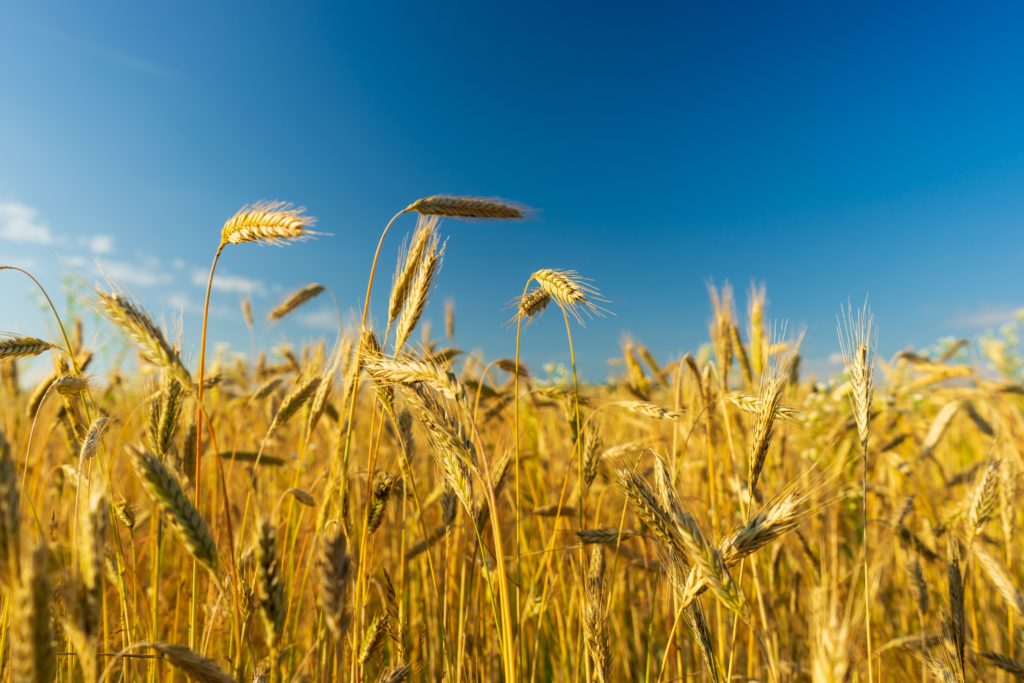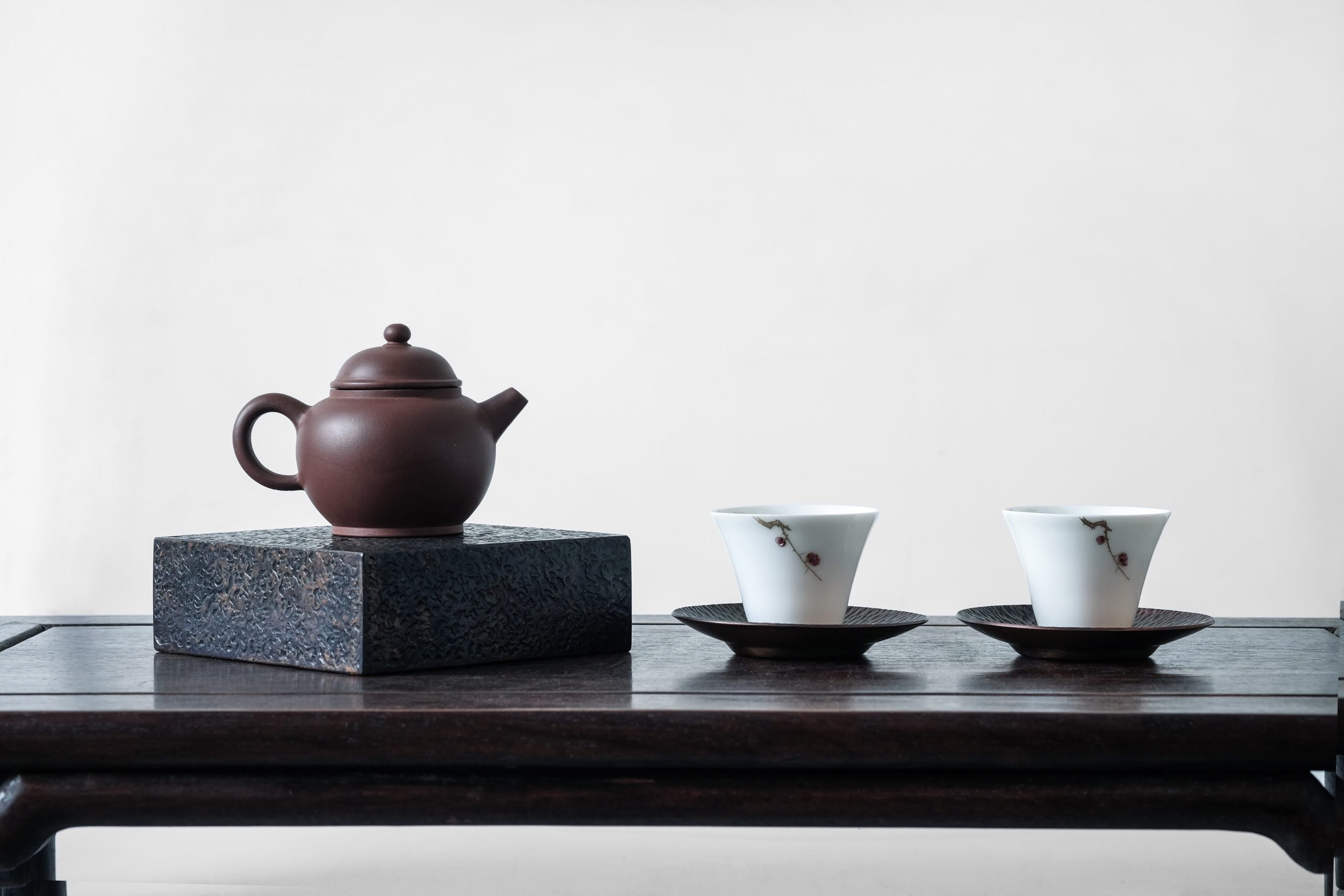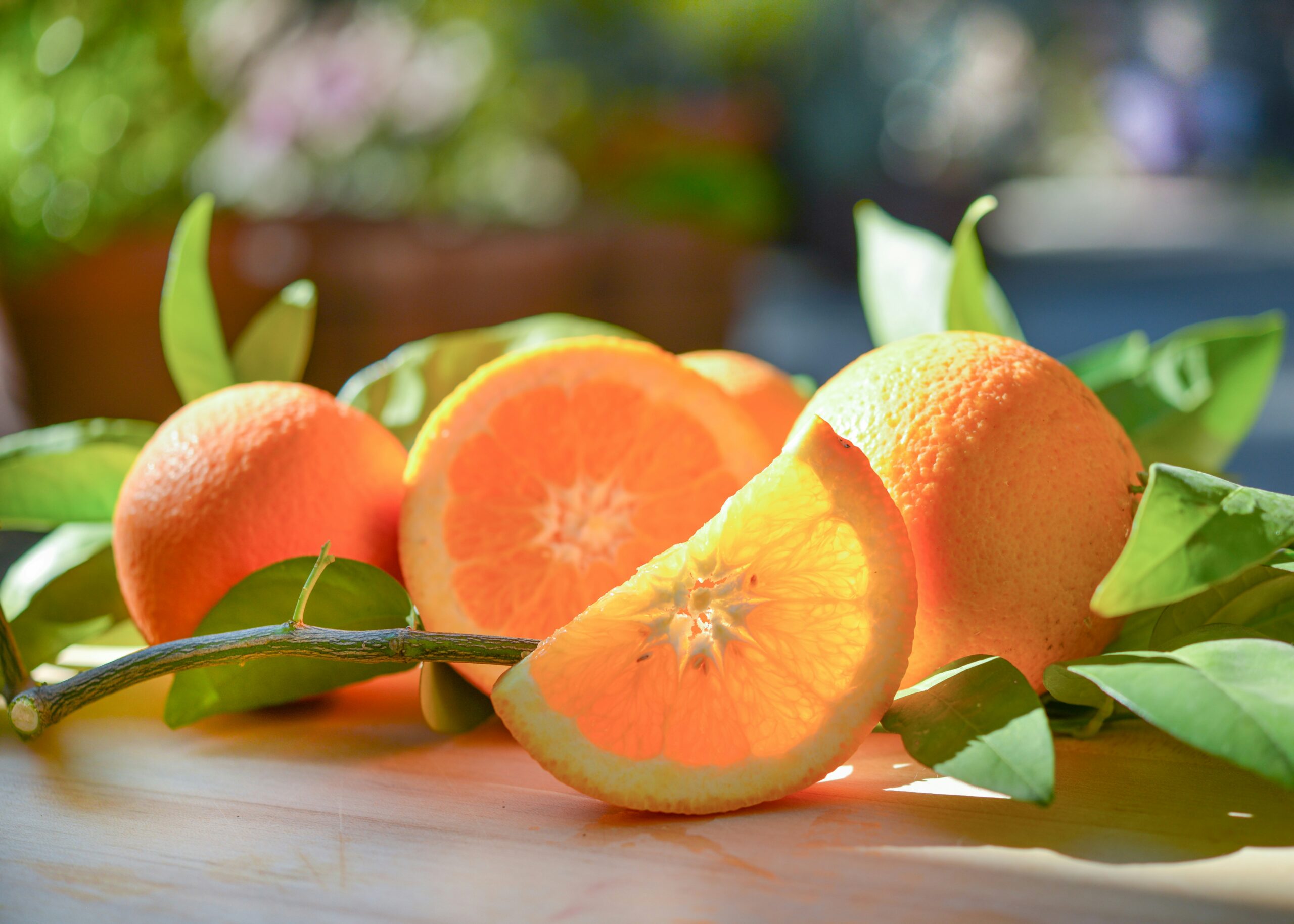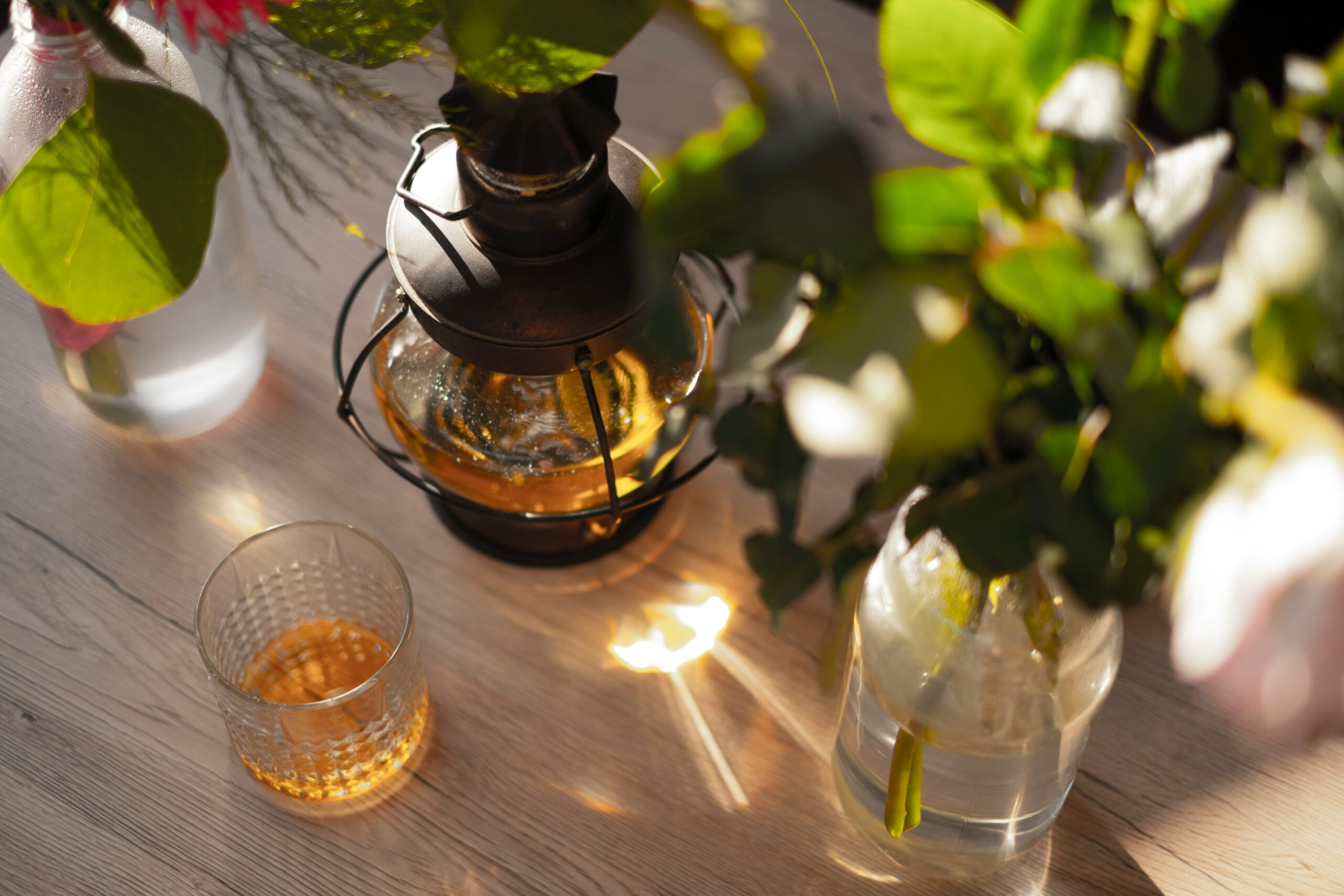Blogs » Non classifié(e) » Everyone loves barley tea! Did you know there are different types of barley tea?
Everyone loves barley tea! Did you know there are different types of barley tea?

Barley tea, a summer staple. It’s a familiar drink for many Japanese people. However, not many may know that there are actually different types of barley tea. In this article, we will introduce the types of barley used in barley tea and the differences in their flavors.

The types of barley used in barley tea can be broadly divided into the following three categories:
- Two-row barley
- Six-row barley
- Job’s tears (hato mugi)
Both two-row and six-row barley are types of barley, and they are named based on the number of rows of kernels when viewed from the top—two rows for two-row barley, and six rows for six-row barley. Two-row barley is also called beer barley, as it is used as a raw material for beer and shochu. It has larger grains, is high in starch, and is less bitter, allowing the sweetness of the barley to be more pronounced.
In contrast, six-row barley has smaller grains compared to two-row barley, is higher in protein, and has less starch, which gives it a stronger roasted flavor. Six-row barley is more commonly used, while two-row barley tea is considered to be more for connoisseurs.
Lastly, Job’s tears (hato mugi) is actually a different grain from barley. So, I was a bit hesitant to include it as a type of barley tea, but since it is often considered a variety of barley tea, I’ve introduced it here as well. Job’s tears is a grain from the same grass family as barley, but it belongs to the Coix genus. In terms of taste, Job’s tears tea has a more subtle roasted flavor than barley tea and a lighter, cleaner taste. Some people even compare it to hojicha.
So, how was that? You may not usually think much about the different types of barley tea, but as you can see, there are actually several varieties. Next time you buy barley tea, why not try a type you haven’t had before?





